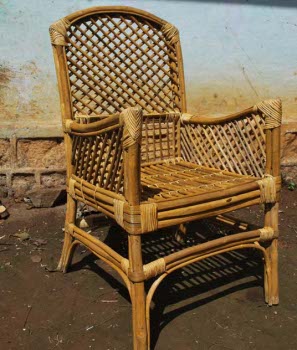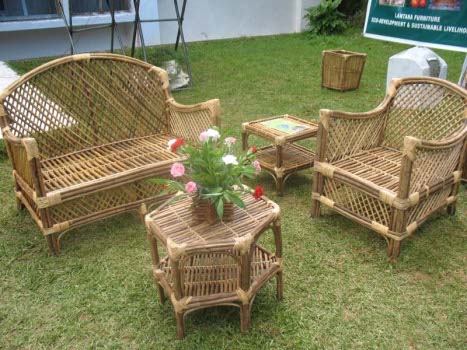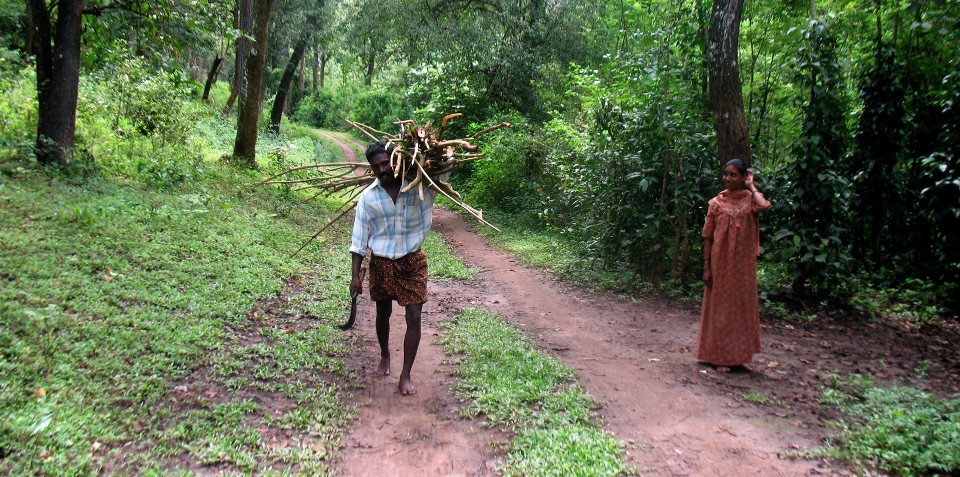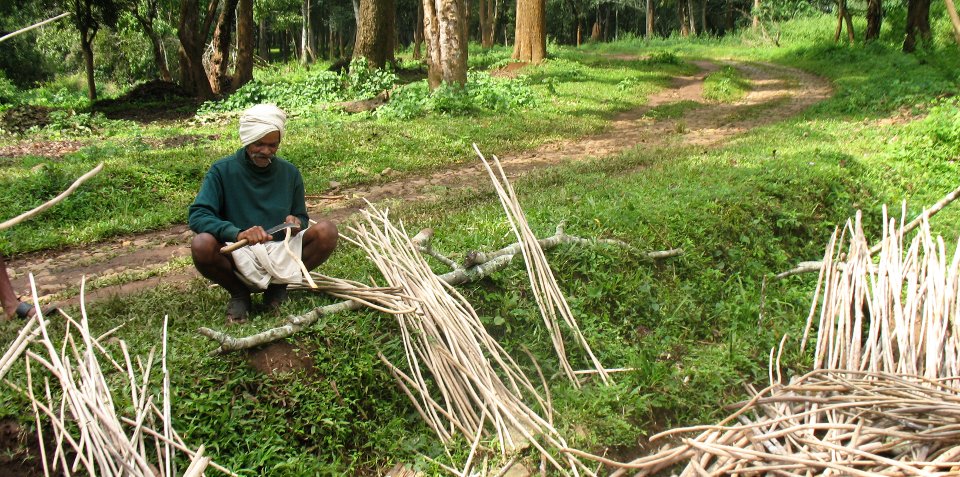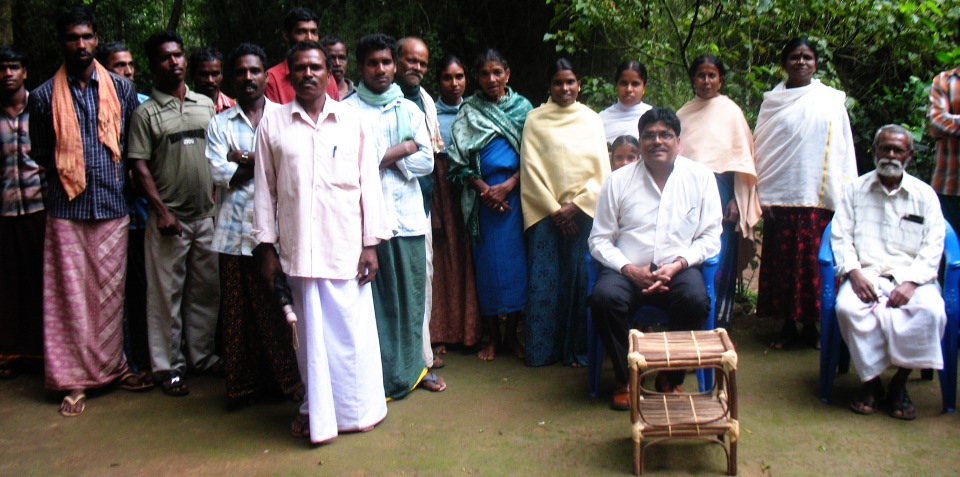Lantana camara is an invasive weed that has spread through many forest ecosystems across India. It was brought into India (Calcutta) is 1809 as an ornamental shrub, from South America. It is now one of the world’s worst weeds and is a huge threat to native plants and animals
In short, it’s a terrible weed, that has a huge detrimental effect of native species, and almost all removal strategies have been unsuccessful.
We have been trying to do something about this, with the overall goal of adapting to the plant and getting local people to use it. We are working with the forest department staff in the Mudumalai and Bandipur Tiger Reserves to come up with a protocol to map the spread of Lantana and monitor it continuously year after year.
We have also worked with local communities on a Lantana Furniture Project. With initial inputs from ATREE in 2009, and working in collaboration with the Tamilnadu Forest Department and The Adivasi Munnetra Sangam, we launched an initiative to help local indigenous (Adivasi) communities use this weed to make furniture. It has lots of ups and downs, and we’ve learnt a lot in the process. (This book chapter outlines the details –Thekaekara et al 2013 Lantana furniture and diversity in Livelihood in Mudumalai)
The removal of the weed will benefit the forest ecosystem, and the removal process will hopefully be self-sustaining and continuous all year round, making it very effective in the long term.
The Shola Trust’s model is to provide the communities with as little support as possible, in the hope that they will be able to let the programme evolve and develop in a way that suits them. We do not try and play a middleman role, and encourage them to market the furniture as far as possible in local areas. ‘Growth’ is very slow and often painful in this way, but is not driven or pushed by external agents, so is more organic and self sustaining.
We are happy to provide training where ever required, and encourage other groups to in turn train others, in the hope that people’s use of Lantana will expand virally. This presentation outlines the process – Lantana Furniture and Craft
We have also recently got into making briquettes that can be used as a fuel source – more on the blog!
(Last updated May 2014)
